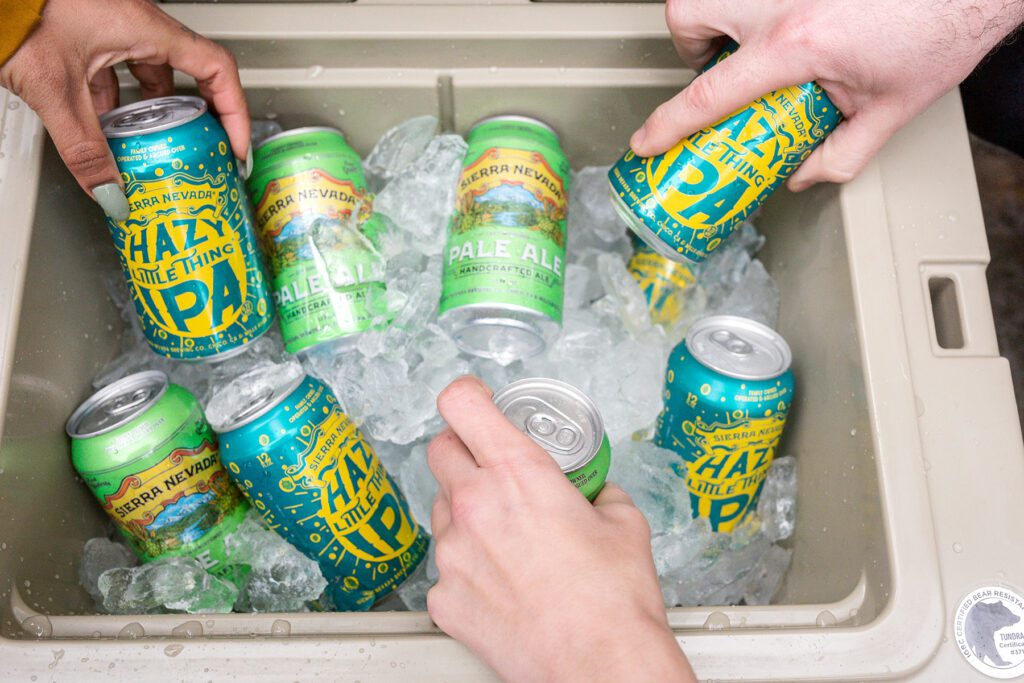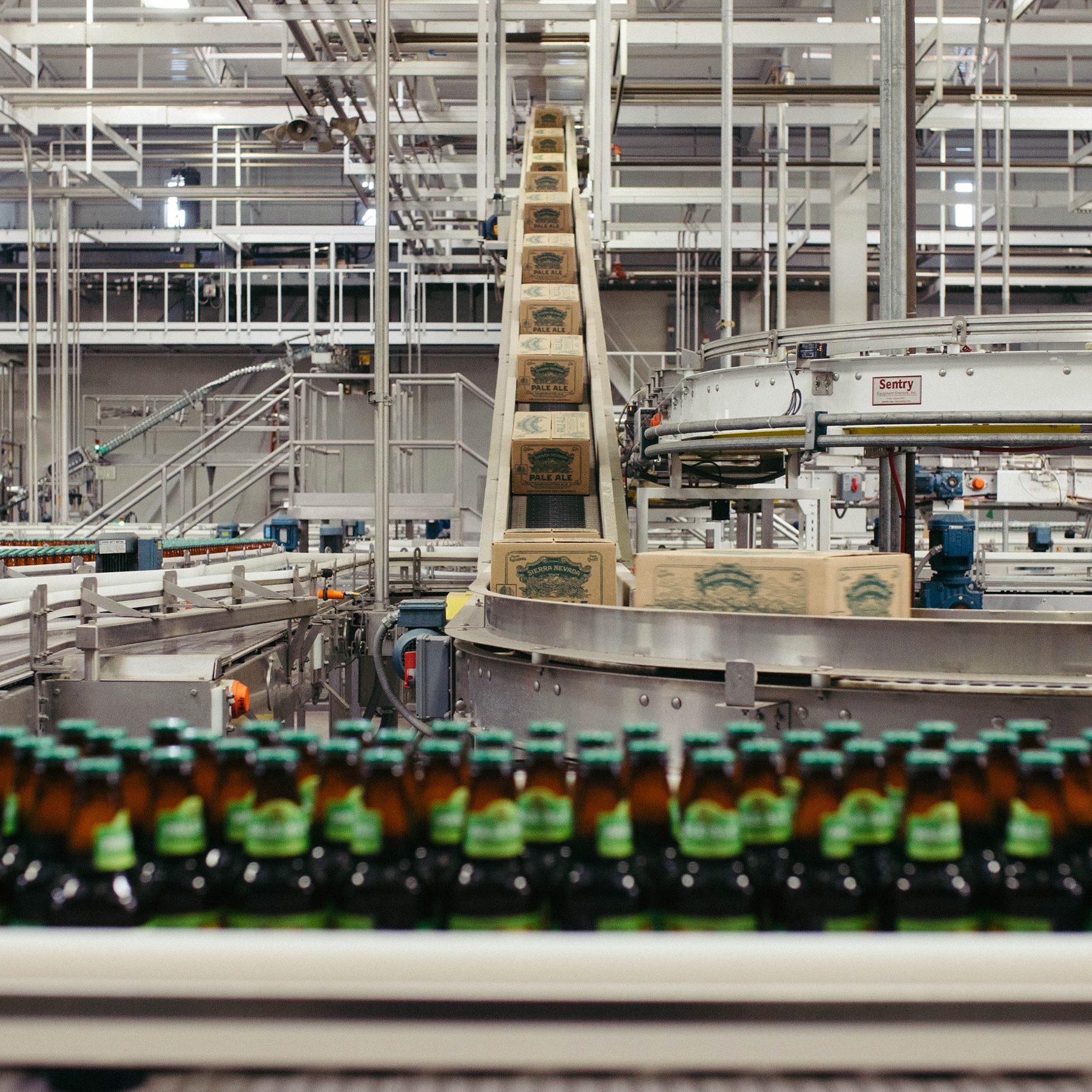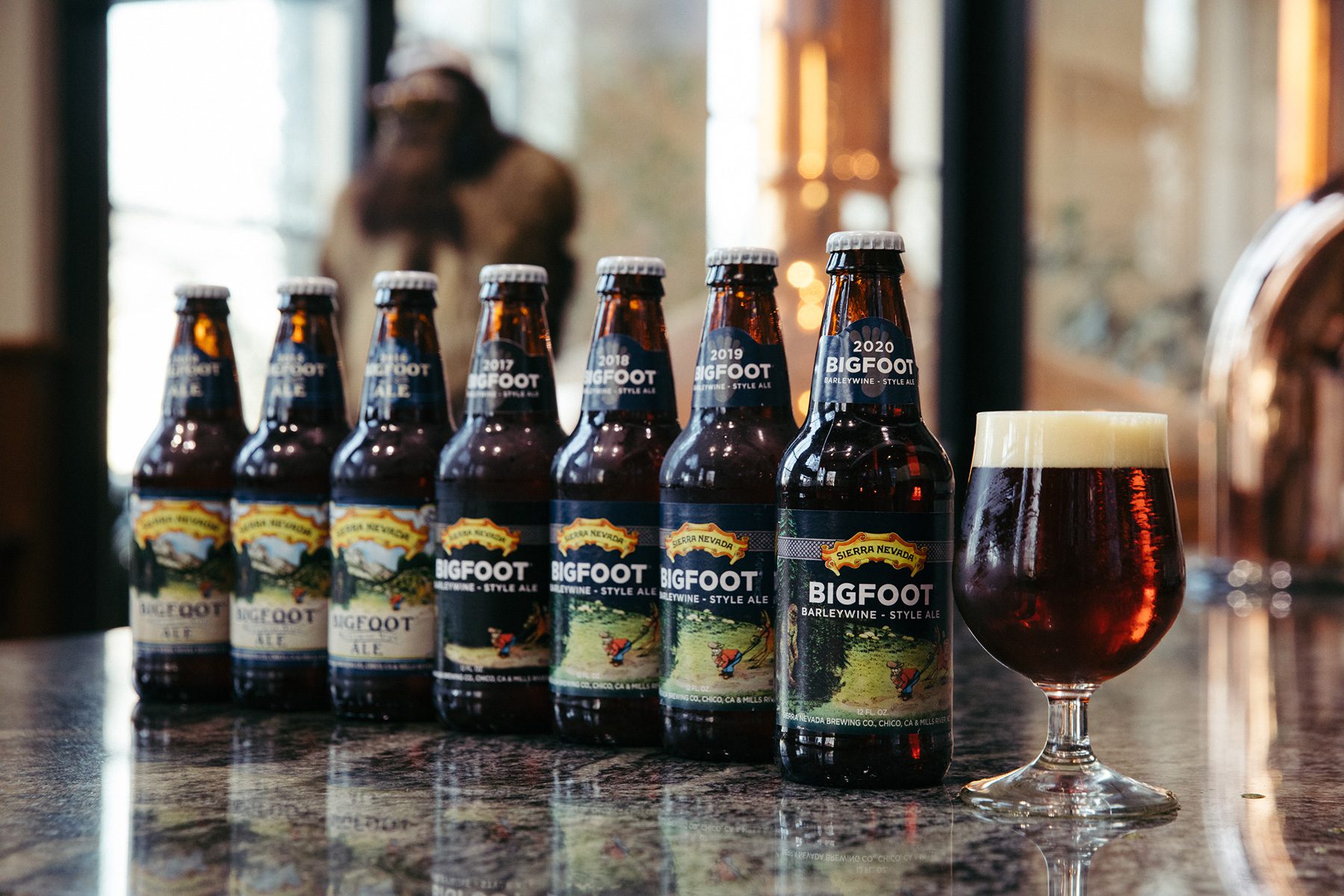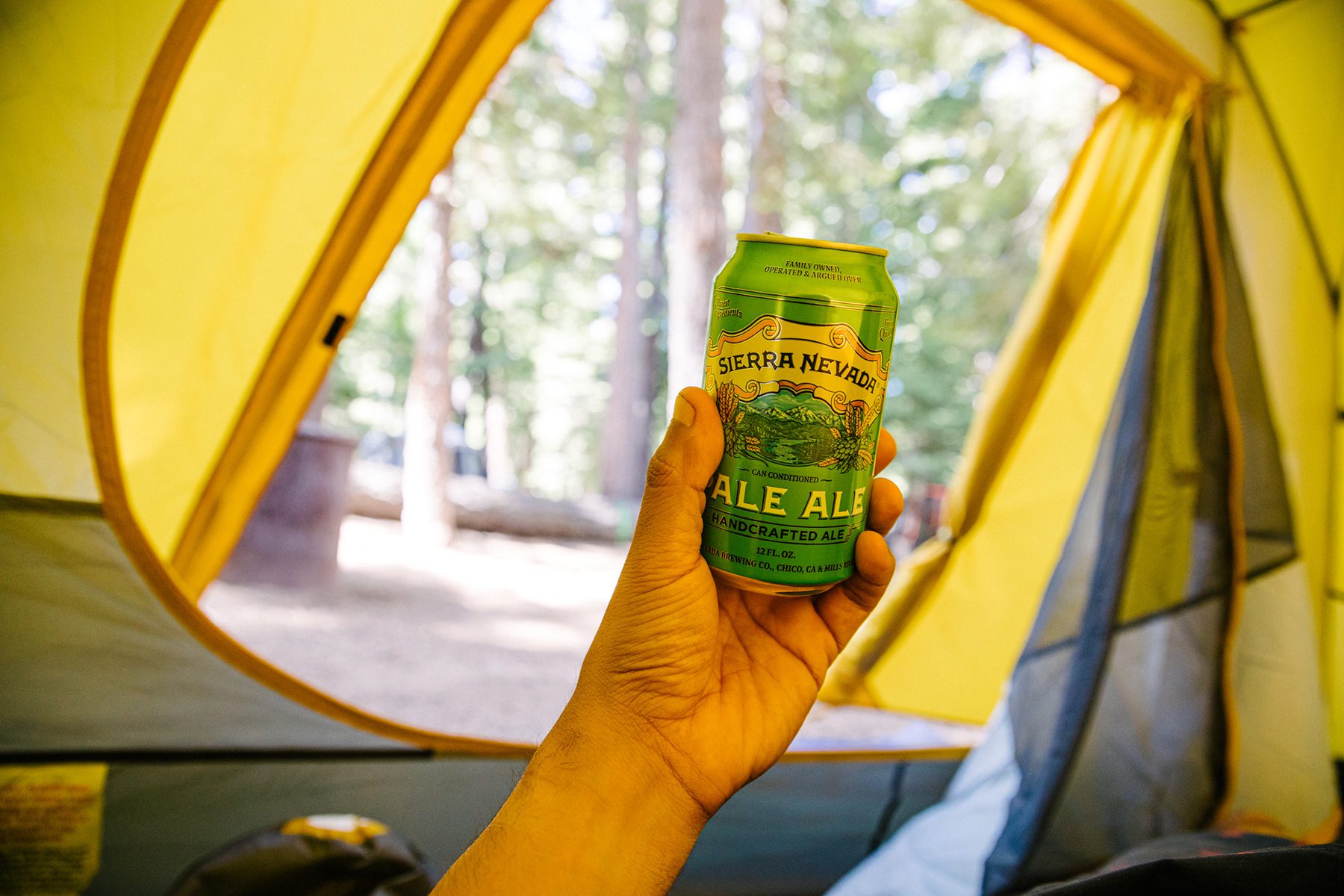Well, what kind of “expire” do you have in mind? We aren’t talking about sketchy leftovers long forgotten in the fridge. (Whew!) Beer that expires is still safe to drink, but the changes in flavor will convince you: Fresh is best. But what is “fresh” beer, and how can you tell if it’s turned an unsavory corner?
How long does beer last?
Craft brewers may have different guidelines for how long beer lasts, but you can store most of our beers for up to 150 days, or roughly five months, when they’re exclusively kept cold. Warm environments and direct sunlight will greatly accelerate that timeline.

Craft brewers typically want you to enjoy their beers promptly after they’re packaged; the aromas and flavors they designed into the recipes are at their peak. One sure-fire way to spot a craft beer fan? They’re checking the date codes on beer at the grocery store. And craft brewers use different methods of date-coding their products to highlight beer freshness.
We stamp Sierra Nevada beers with their actual packaging date, or a “born on” date, plus a letter code (C or M) to mark their origins in Chico, CA or Mills River, NC. This approach gives drinkers agency when making a purchase; do some quick finger math and decide if it’s fresh enough for you. And if you stumble upon super old beer, please let us know! We want the best stuff on your local shelves.

On other breweries’ bottles and cans, you may see an “enjoy by” date. (Sounds better than an expiration date, yeah?) They know at what point the flavor tapers off, so they’re encouraging you to get the maximum experience.
How long does non-alcoholic beer last?
Non-alcoholic beer generally lasts three to six months, depending on whether it’s pasteurized. Pasteurized versions can stretch closer to six months, while unpasteurized beers are best within two to three months if kept cold.
Unlike regular beer, most NA beer options don’t list an expiration date. Instead, you’ll see a packaging or “born on” date to guide your freshness check. The beer won’t spoil in a way that makes it unsafe, but carbonation and flavor fade quickly.
Freshness is the goal, if your NA beer pours flat or the hop aroma is gone, it’s past its peak.
What happens when beer expires?
When beer expires, you’ll taste the effects of “oxidation.” Despite craft brewers’ best efforts, trace amounts of oxygen sneak into packaged beer, and over time the oxygen does things like flatten carbonation, create off-flavors like wet cardboard (yup, someone confirmed this), and weaken the hop character you love in styles like IPA.
Now, not every beer style dreads the passage of time; some become adventures as they age. Beers that are high in ABV or packed with roasted grains, like Bigfoot Barleywine and Narwhal Imperial Stout, take the oxygen in stride, adding notes of sherry or port wine and smoothing out harsh alcohol flavors. There’s a reason our Bigfoot vertical 12-pack is a favorite among craft beer collectors.

Can you drink expired beer?
You can drink expired beer without worry about food safety, but it’s best to dump that bottle or can if your first few sips reveal the off-flavors of expired beer. Craft beer is made with agricultural products and living organisms — namely hops, malt, and yeast — so they naturally degrade with time. The citrusy hop notes in Pale Ale won’t keep their punch forever; the tart, fresh-fruit smack of Wild Little Thing dials back eventually. Sad facts, but all the more reason to keep your beers fresh!

How to store beer
The chief thing to remember when you store beer is to keep it cold, generally between 38–50ºF. Your fridge is an obvious choice here, or maybe you have a chilly basement that hits those numbers. But wait, are there windows nearby? It’s best to keep beer away from direct sun, especially bottles, because when ultraviolet light meets hop compounds, they produce a familiar and funky smell: skunk.
If your plan is to age some burlier beers, follow the same parameters: store away from light, and don’t let the temperature top 55ºF. Consider standing your bottles upright to slow the rate of oxidation. The jury is still out, and so is the research, on just how beneficial side-storage is for corked beer bottles.
So who’s overdue for a beer run? (Get that dusty six-pack outta there!) Grab something fresh with the help of our Beer Locator.




